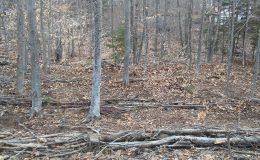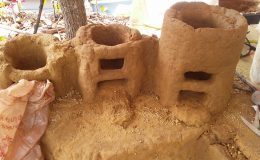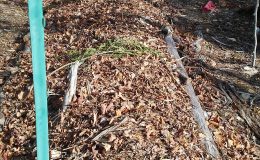Starting Rootstock with Crabapples
- By : Sarah
- Category : Food Forest
- Tags: apples, orchard, trees
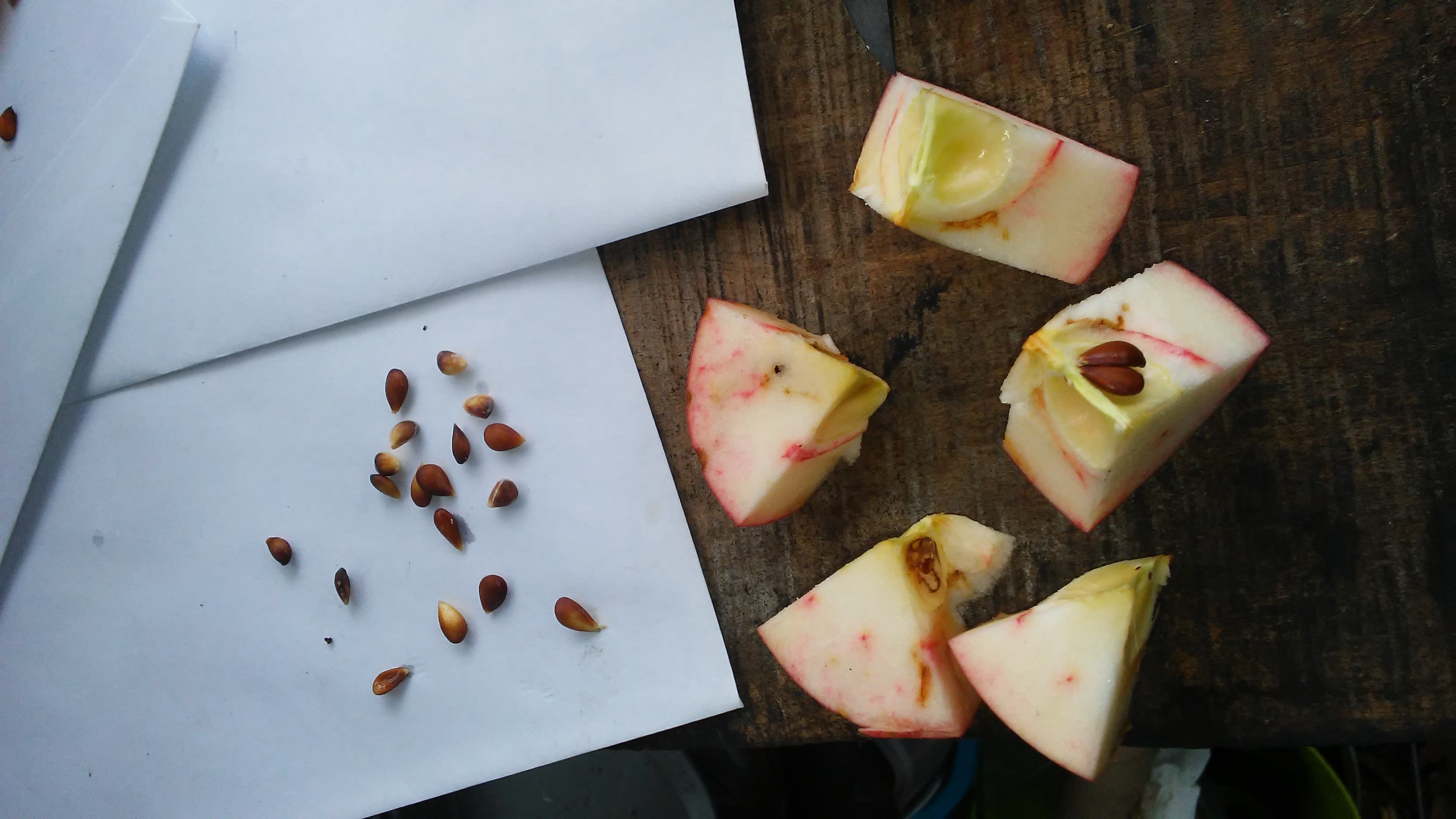
Fruit trees are a major component in a food forest. Since we plan on cultivating a large food forest, we better get going on some fruit trees. Especially since trees don’t bear fruit for quite a few years. However, we have approximately $0.00 to buy fruit trees so what do we do?
One way to produce fruit trees is graft delicious varieties to hardy rootstock and in a few years you have an amazing apple tree. This first thing you need will be the hardy rootstock, so we’ll work on that now. But how to do it for free?
I decided to grow rootstock from all of the crabapples that pepper the ground from now until the end of autumn. I can clearly see the hardy, healthy trees that the crabapples are growing on, so I can guess that the seeds will produce strong seedlings. By planting the seeds from the crabapples, I can produce the hardy rootstock that I am hoping to grow. Theoretically.
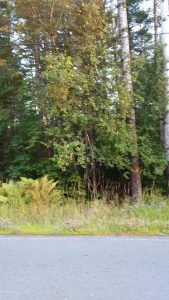
It doesn’t matter what kind of apples the rootstock will produce because I plan to graft specific apple varities to my rootstock. I will also leave a few crabapple trees as they are. Crabapples can be a food source and are valuable for cross pollination and attracting insect pollinators.
Where to start? I started by noticing where all the crabapple trees were near my home. The closer the better, then the trees are more adapt to the conditions you have. Make sure the trees are not on private property or you have permission to take the apples.
Once you picked out a few of the best looking trees, wait until the apples are ripe and then collect them. The ones on the ground be partially rotten and still have viable seeds, so don’t despair if you can’t get any nice looking apples. Remember, you aren’t eating them (unless you want to).
I labeled all my crabapples in case one tree produces really good seedlings and I need more. The date also helps so you will remember approximately when the apples are ripe.
Once you have the apples safe at home, you have to get the seeds out. I have a great trick for this part. Cut the ends of the apples off until you see the star pattern of the seed pods, just the edge is plenty, don’t cut into the seeds.
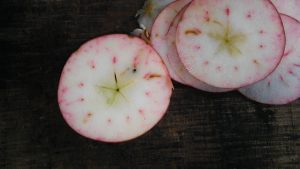
Cut a continuation of each of the lines, extended through the skin, and around to the other side.
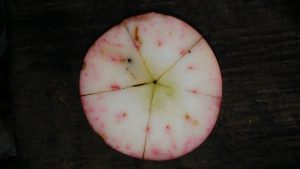
Twist.
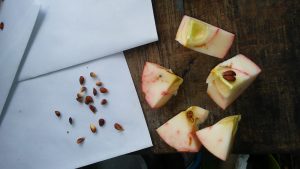
Voila! Apple tree seeds! The seeds need to be cold stratified for six weeks or more in order to grow into strong seedlings. You dry them out and put them in bags and throw them in the fridge for 6 weeks. I don’t have a fridge so my seeds will be wrapped and stashed in the coldest part of the house.
This post is part of my food forest page.
For some more information, check out these links:
